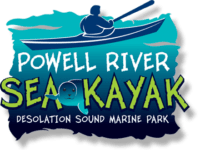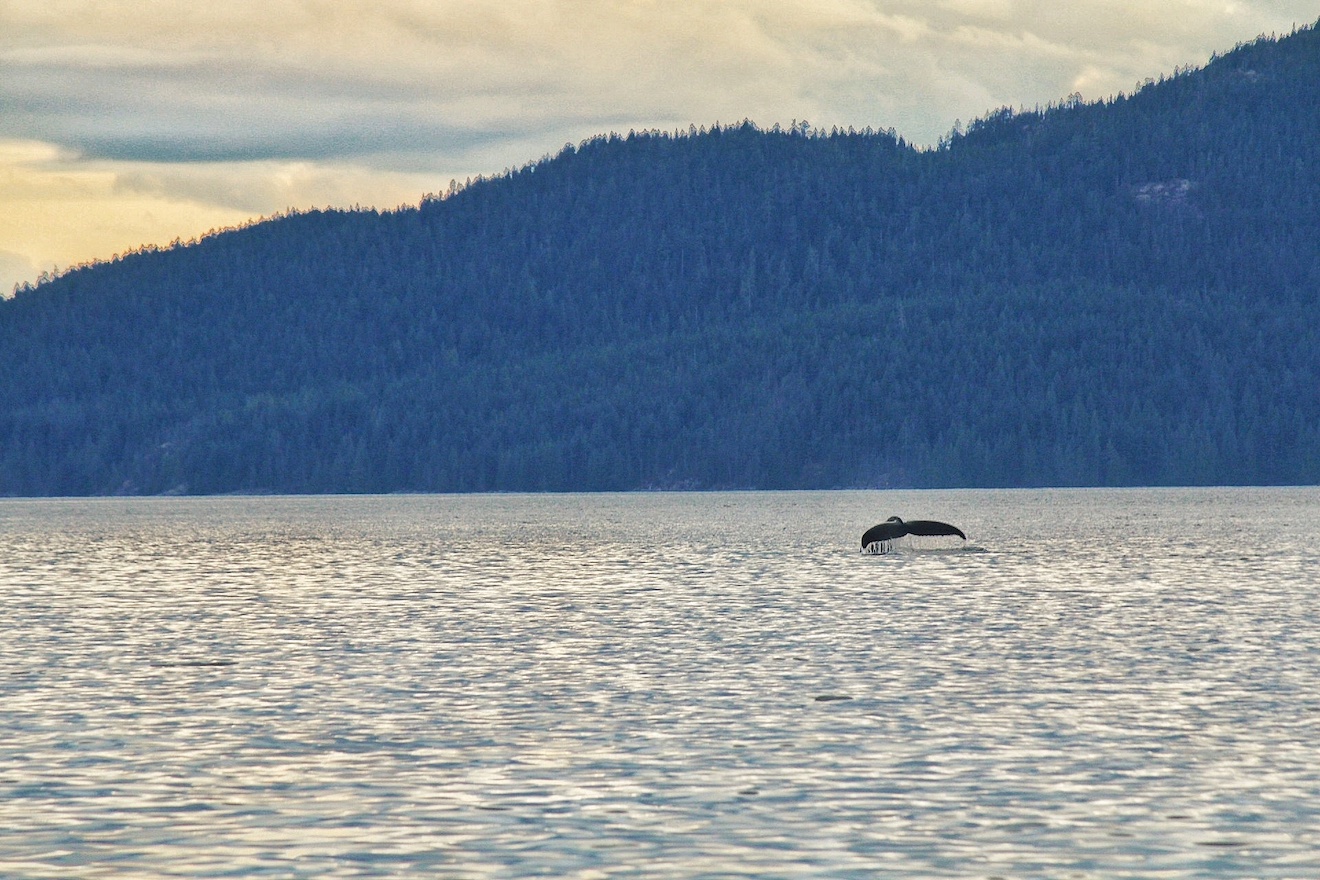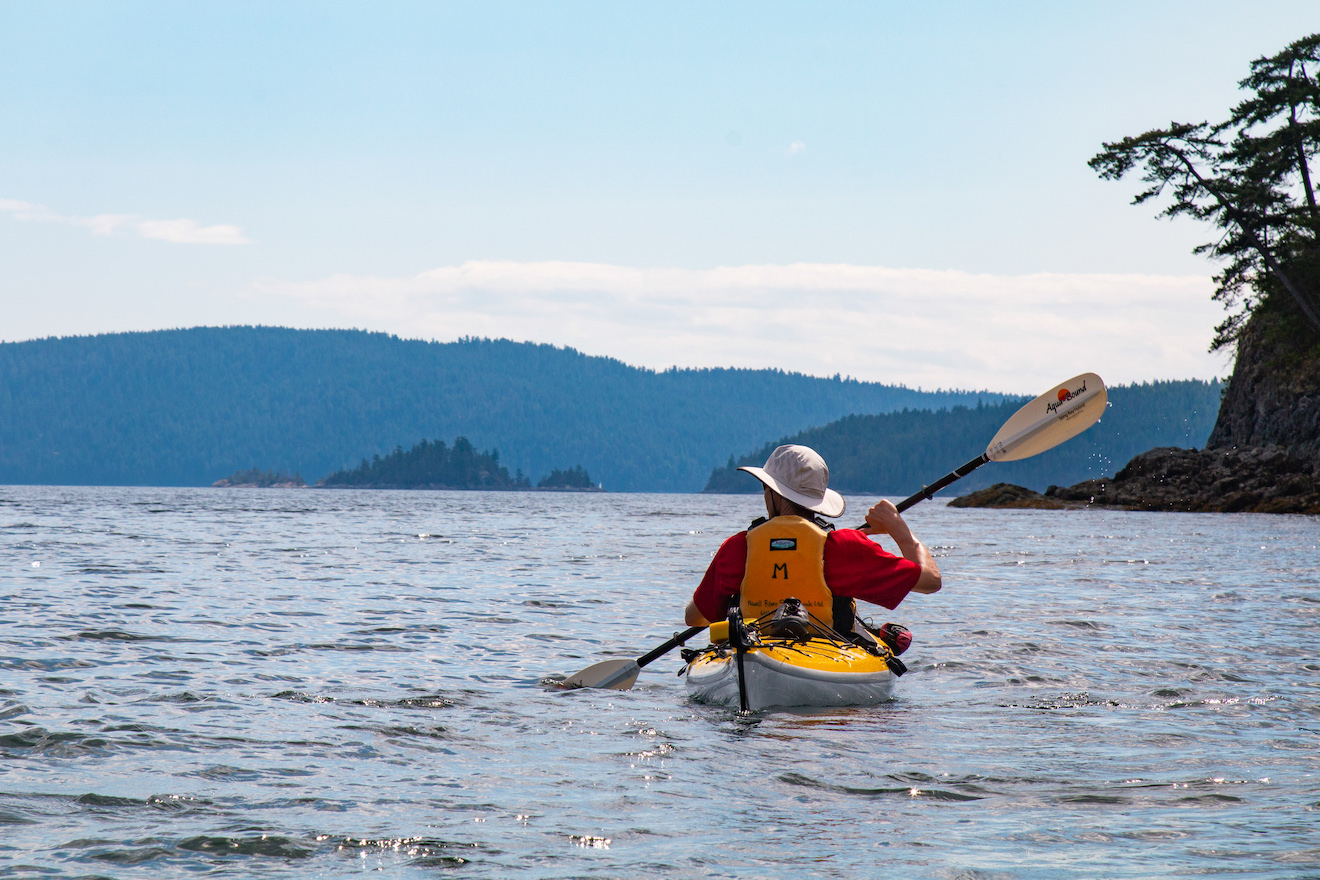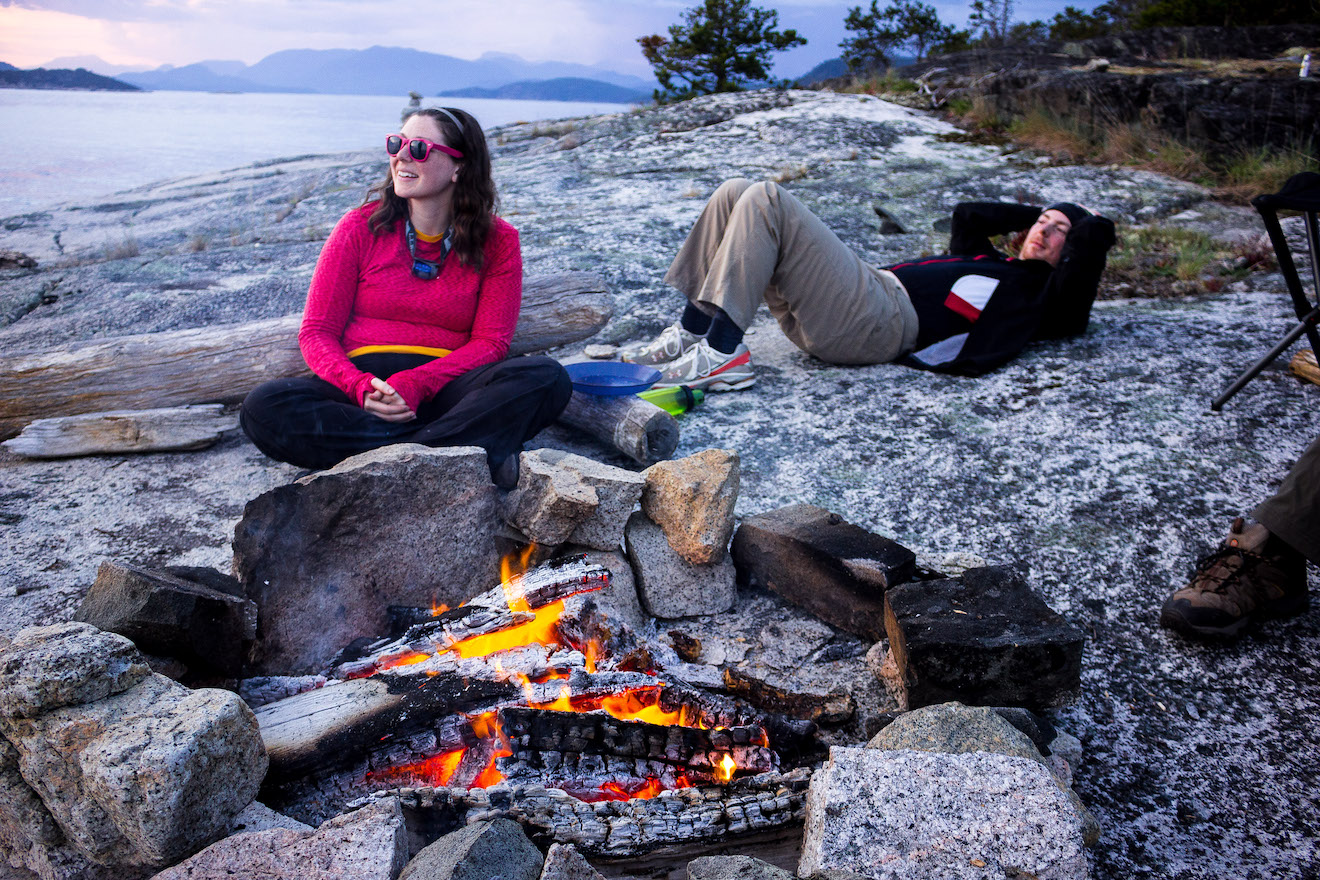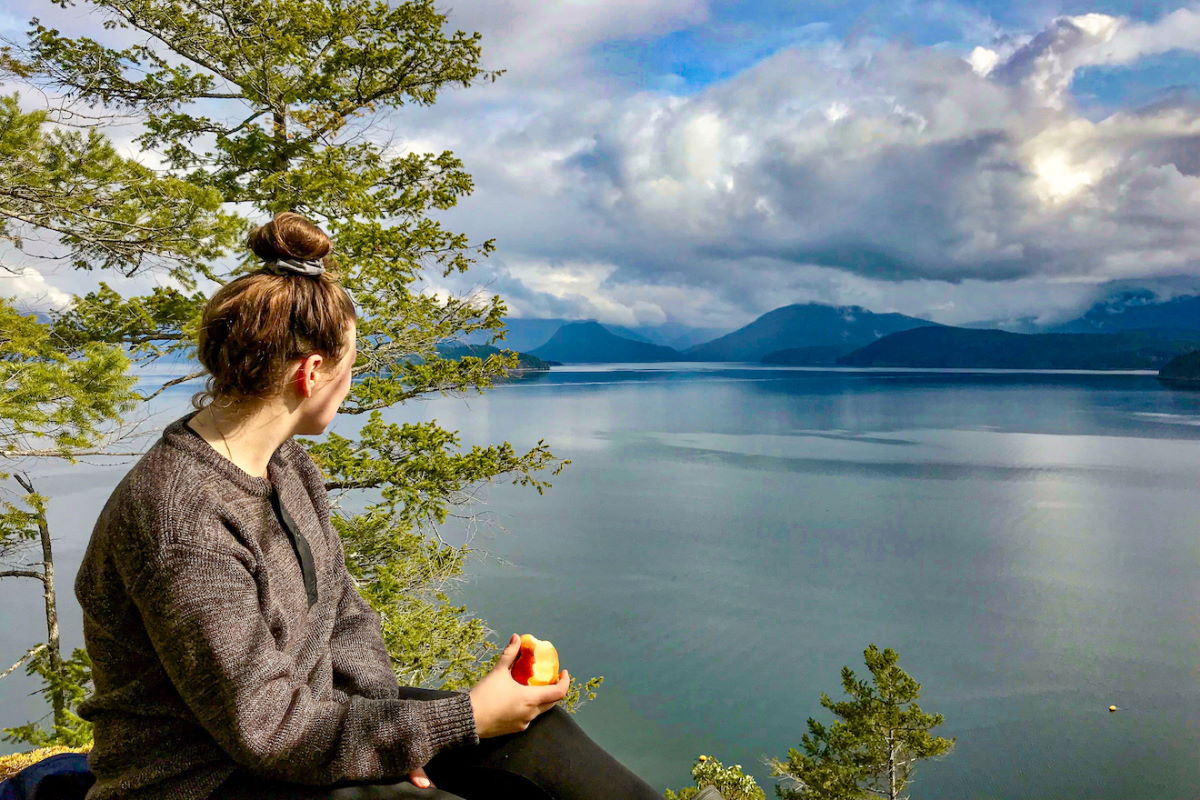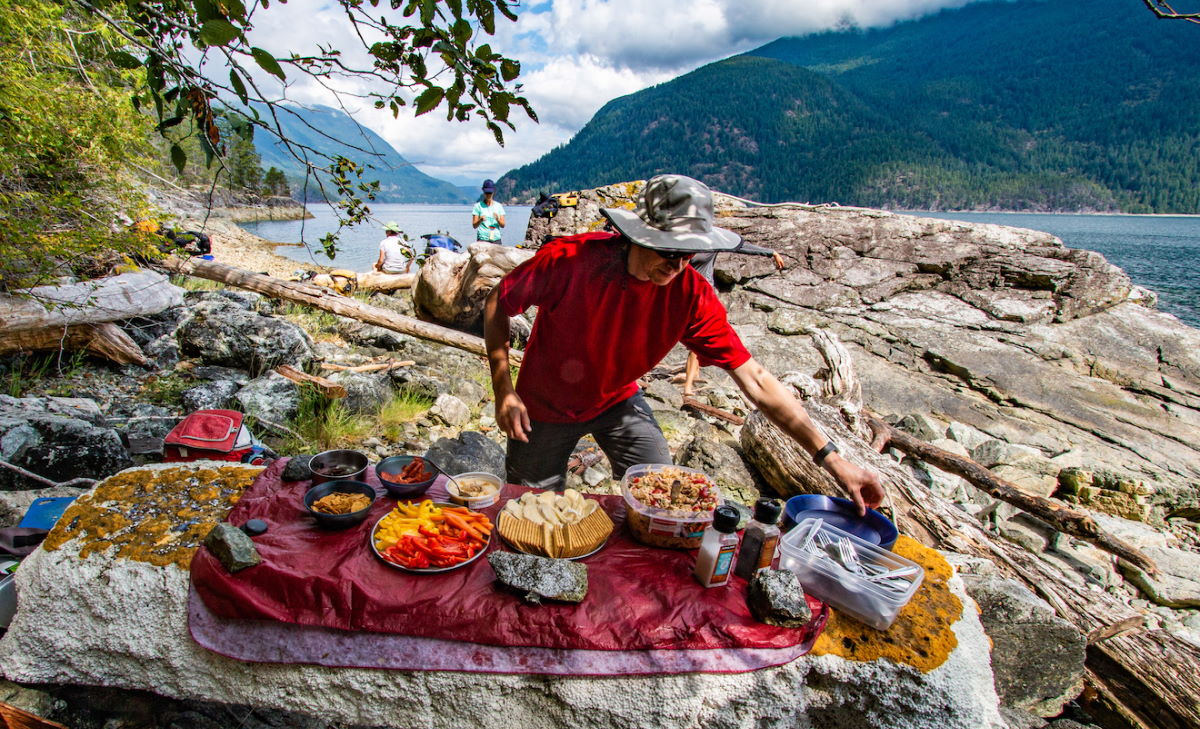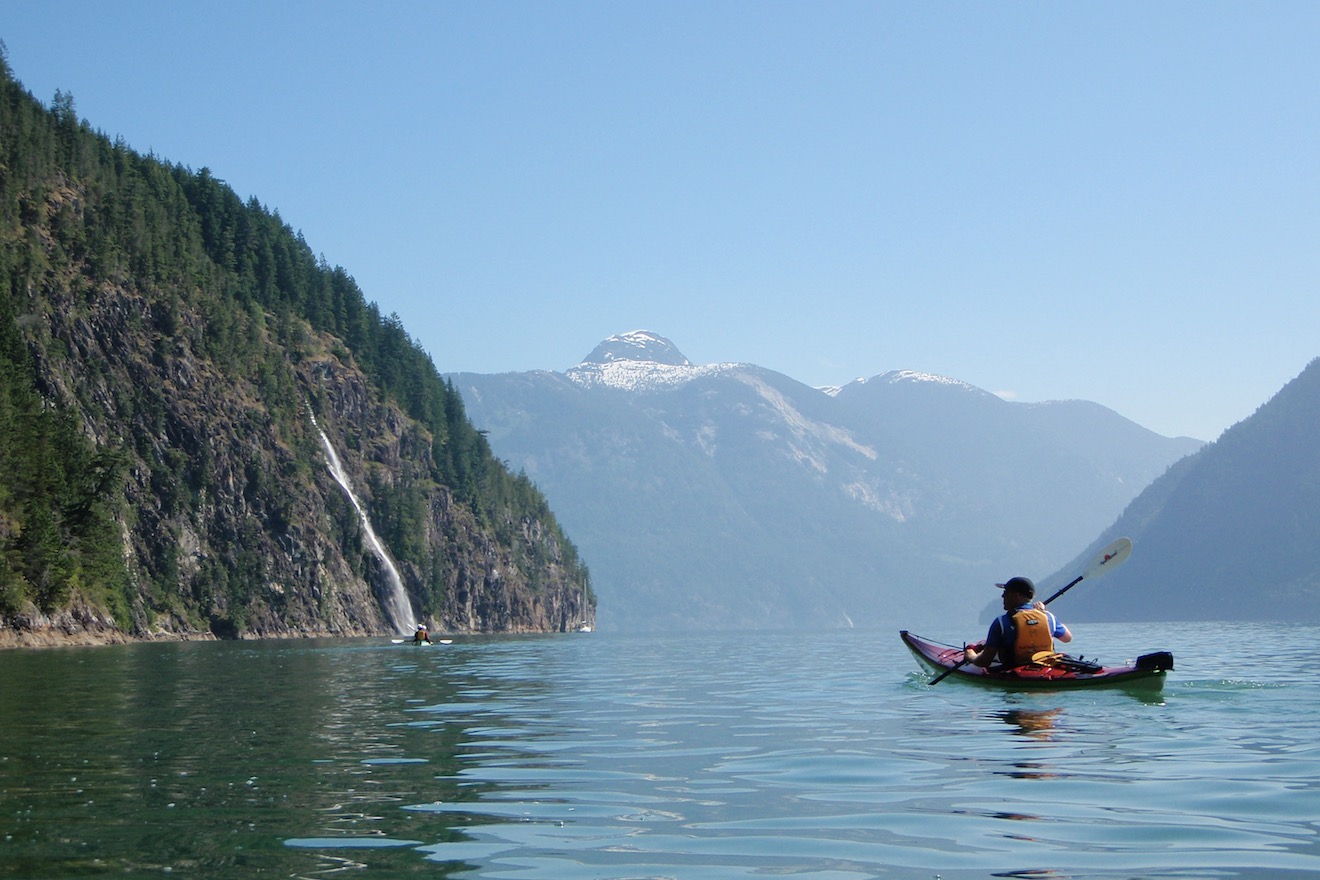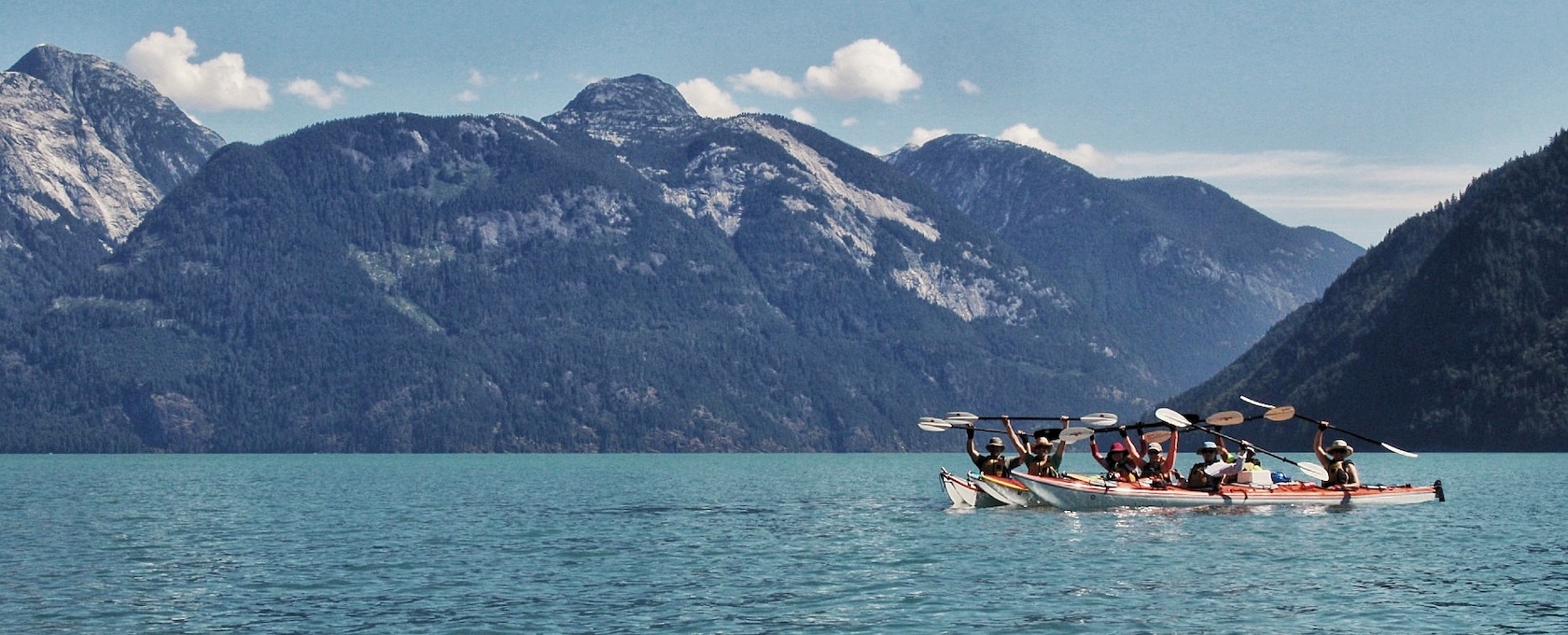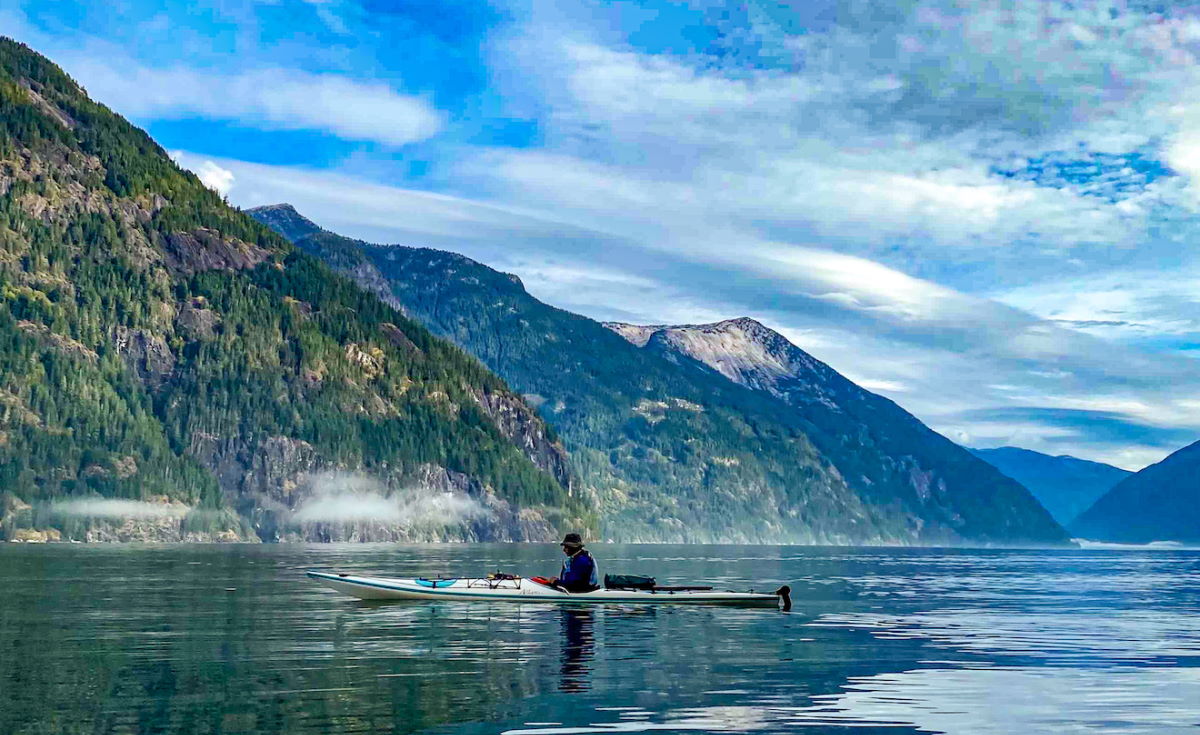We all have loved ones that are impossible to buy for, even if we know them better than anyone else. Maybe they already have all the essentials for their outdoor lifestyle—rain jackets, hiking backpacks, and more thick woollen socks than one person could ever need. The truth is, there’s only so much gear a person can have.
This year, consider giving something more meaningful, memorable, and aligned with a sustainable mindset. Why not instead gift an experience they’ll cherish forever, like a fully guided, week-long sea kayak expedition into awe-inspiring Toba Inlet with Powell River Sea Kayak?!
Here’s why this unforgettable adventure is the perfect gift for the outdoors-loving adventurer in your life.
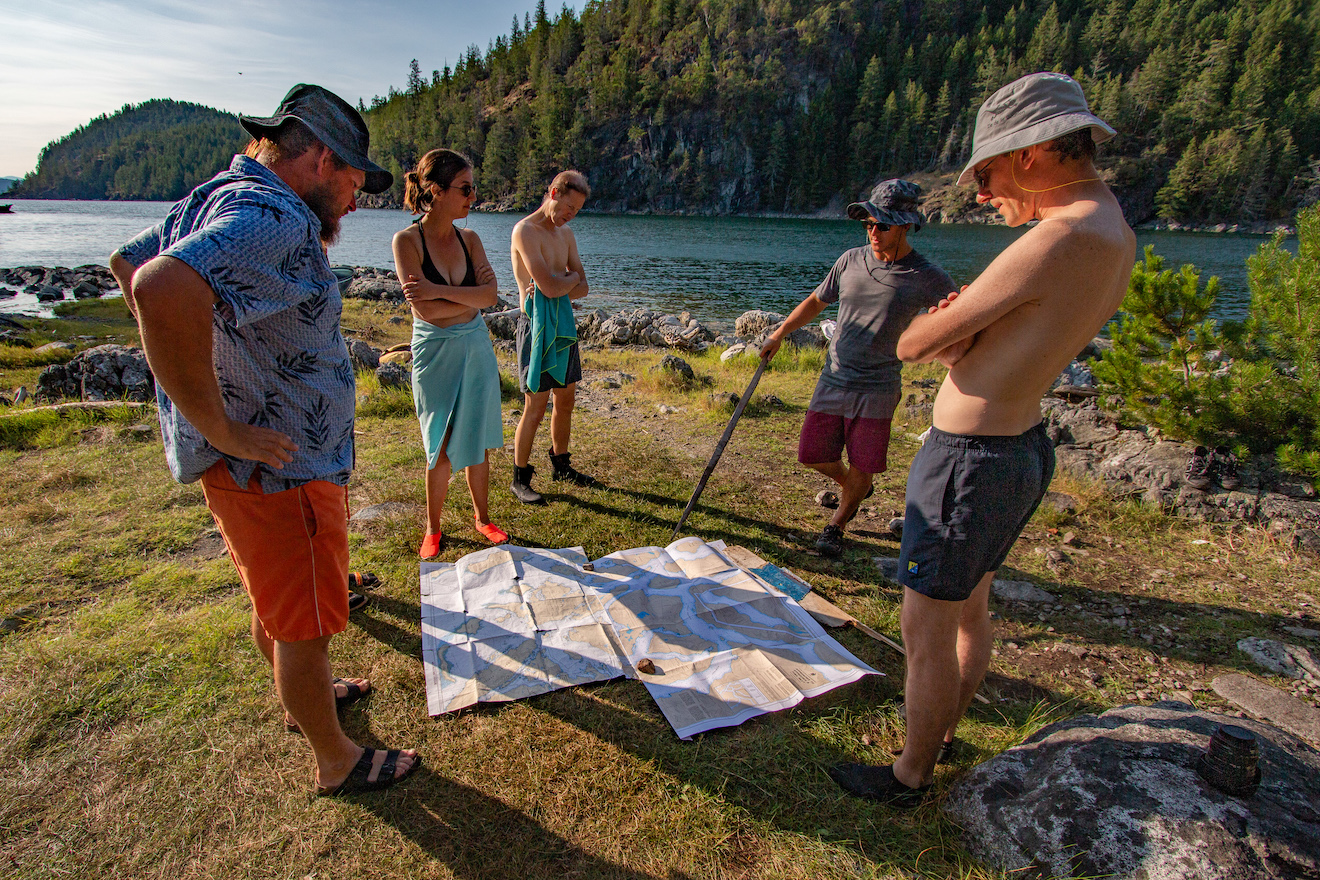
1. Go with the Pros: Safe Adventure for Peace of Mind
Sending a loved one on a do-it-yourself kayaking trip might sound a bit nerve-wracking, but this expedition is led by expert guides who know the area, the water, and the best practices for safety inside and out.
Our guides are professionals, and fully certified with the Sea Kayak Guide’s Alliance of British COlumbia. You can rest assured that your loved one will be safe, whether they’re making long open water crossings or paddling along the shore beneath towering forests and mountains.
Our guides don’t just prioritise safety; they add immeasurable depth to the experience.Their knowledge of these waters and connection to this part of the world makes us ideal hosts, offering insights into local wildlife, geography, and ecology, and sharing stories about Desolation Sound and Toba Inlet’s culture, flora, and fauna.
Just as importantly, we possess an encyclopaedic knowledge of lesser-known spots to explore and to camp in this impossible terrain, which plummets over 7500 feet from the icy peaks above sheer into the turquoise blue waters of Toba Inlet below.
With us, you can gift with confidence, knowing your loved one is in excellent hands while they immerse themselves in one of the most epic landscapes in the world.
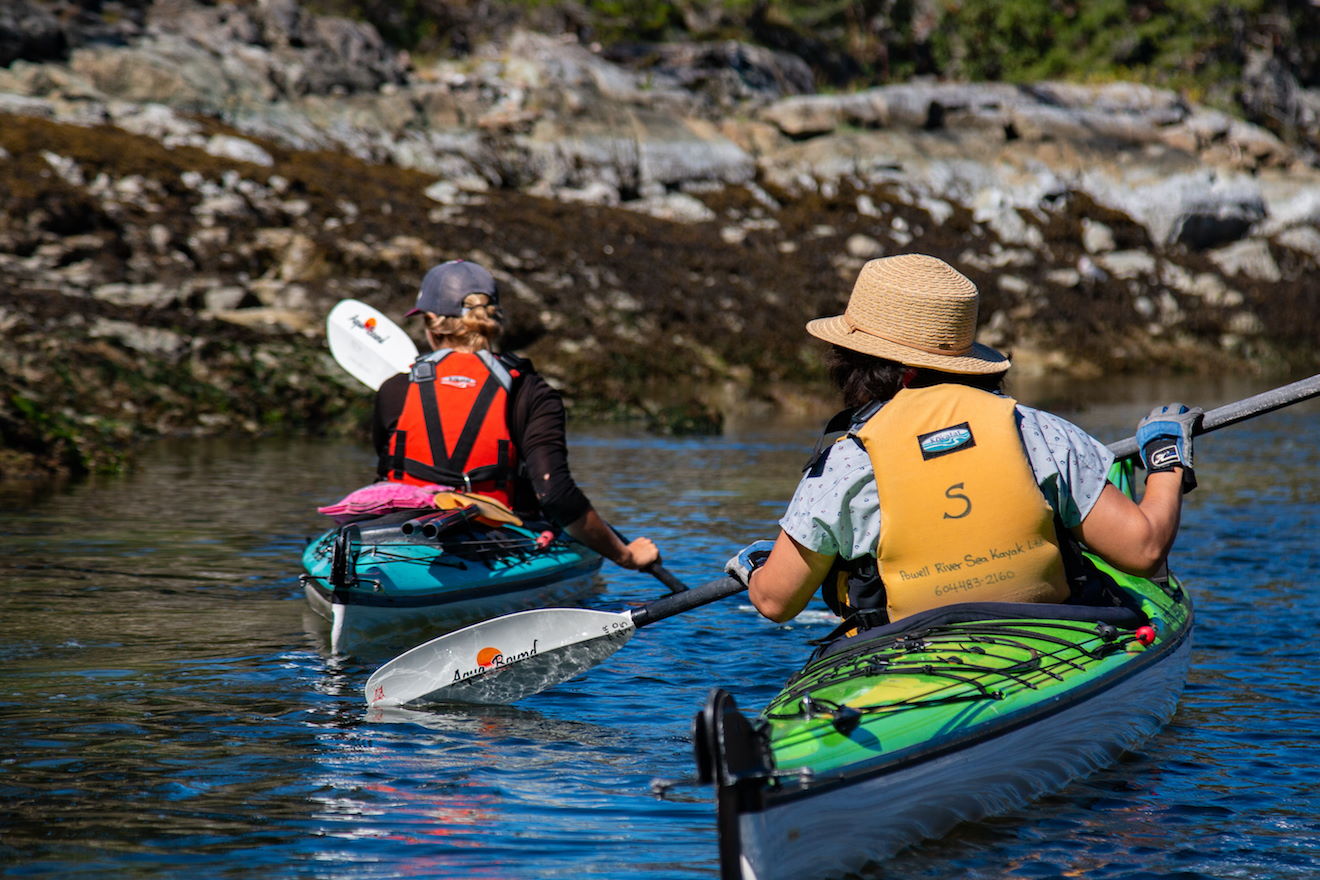
2. Skills for Life: Develop and Enhance Their Kayaking Abilities
For someone who already loves the outdoors, an expedition like this offers an invaluable chance to build on their skills.
Guided tours are more than just scenic paddles; they’re opportunities to learn advanced techniques in a supportive environment. Whether new to kayaking or intermediate paddlers looking to get on more remote adventures, they’ll get the chance to sharpen their skills with guidance from our professional guides.
Our guides love to instruct and teach, and beyond paddling techniques there are opportunities to learn about tides and currents, reading weather patterns and forecasts, and kayak specific camping. This trip can be as much about personal growth as it is about scenic enjoyment.
From here, these skills and knowledge can be applied to future adventures, whether they’re planning to paddle self-guided or on more remote guided adventures. A gift that keeps giving well after the tour guests have said their goodbyes.
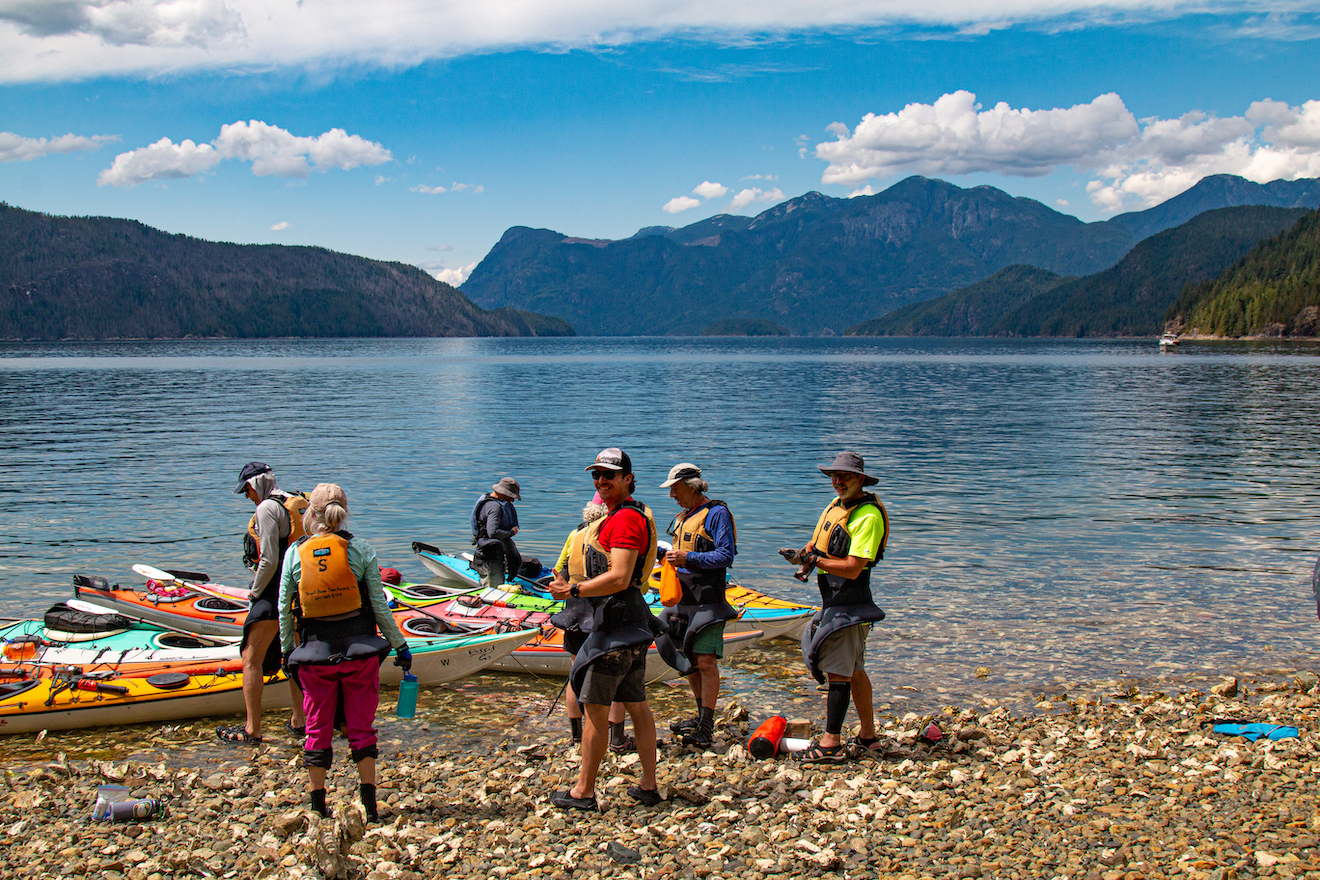
3. This Won’t Get Forgotten in a Drawer
How many gifts have we all received over the years that eventually get stashed away, never to be thought of again? Even a well-intentioned gift card often ends up lost, forgotten or unused, making the company money for no service at all.
A sea kayak expedition is different. It’s not something they can easily tuck away and forget about, it’s an experience they’ll look forward to from the moment they receive it. The anticipation alone is enough to make it memorable, but once they set out on the water, it becomes an adventure they’ll remember for years to come.
In Toba Inlet, they’ll be surrounded by awe-inspiring mountains, crashing waterfalls, and vibrant wildlife. Imagine their feelings as they spot seals, eagles, and maybe even orcas from their kayak while paddling through these remote fjords and passages. This is an adventure that promises memories that will linger long after the trip ends, and every photo, story, and journal entry will remind them of the unique experience you gifted them.
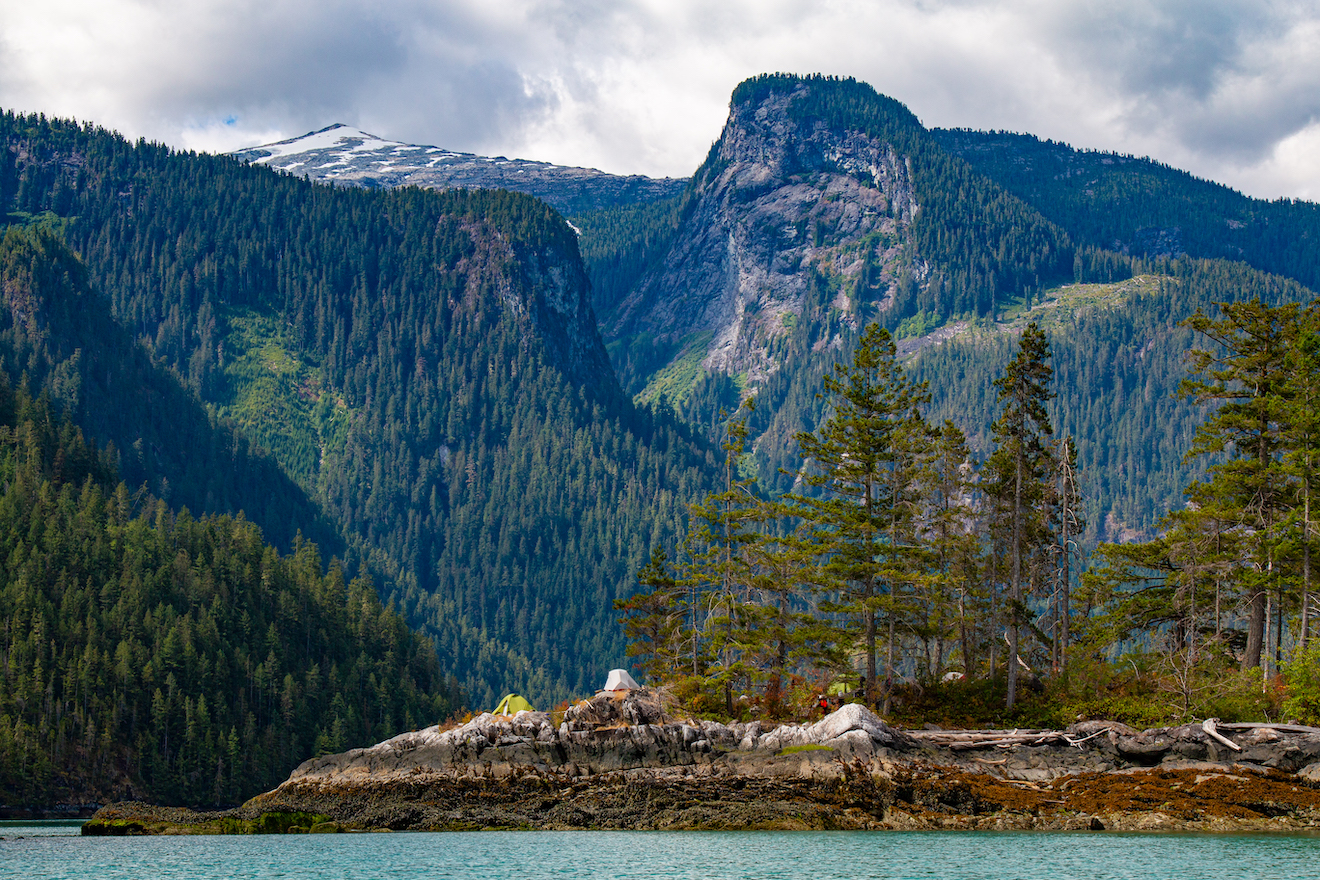
4. Use What They Already Have: Minimal Gear, Maximum Impact
One of the best parts about a guided kayaking trip is that it doesn’t require a bunch of new gear, especially if your loved one already enjoys the outdoors. Instead of adding more “stuff” to their life, this experience lets them put their existing outdoor gear to good use, while we take care of the paddling specific equipment that they might not possess.
By giving experience, rather than an item, you’re choosing an ecologically friendly gift that doesn’t contribute to our consumerist waste – which should be especially fitting for the environmentally conscious adventurer in your life.
They’ll be thrilled that you considered both their love for the outdoors and their commitment to reducing their environmental impact. And with the trip being fully catered with unbelievable backcountry meals, all they have to do is simply show up ready for adventure, knowing all essentials are taken care of by the professionals!
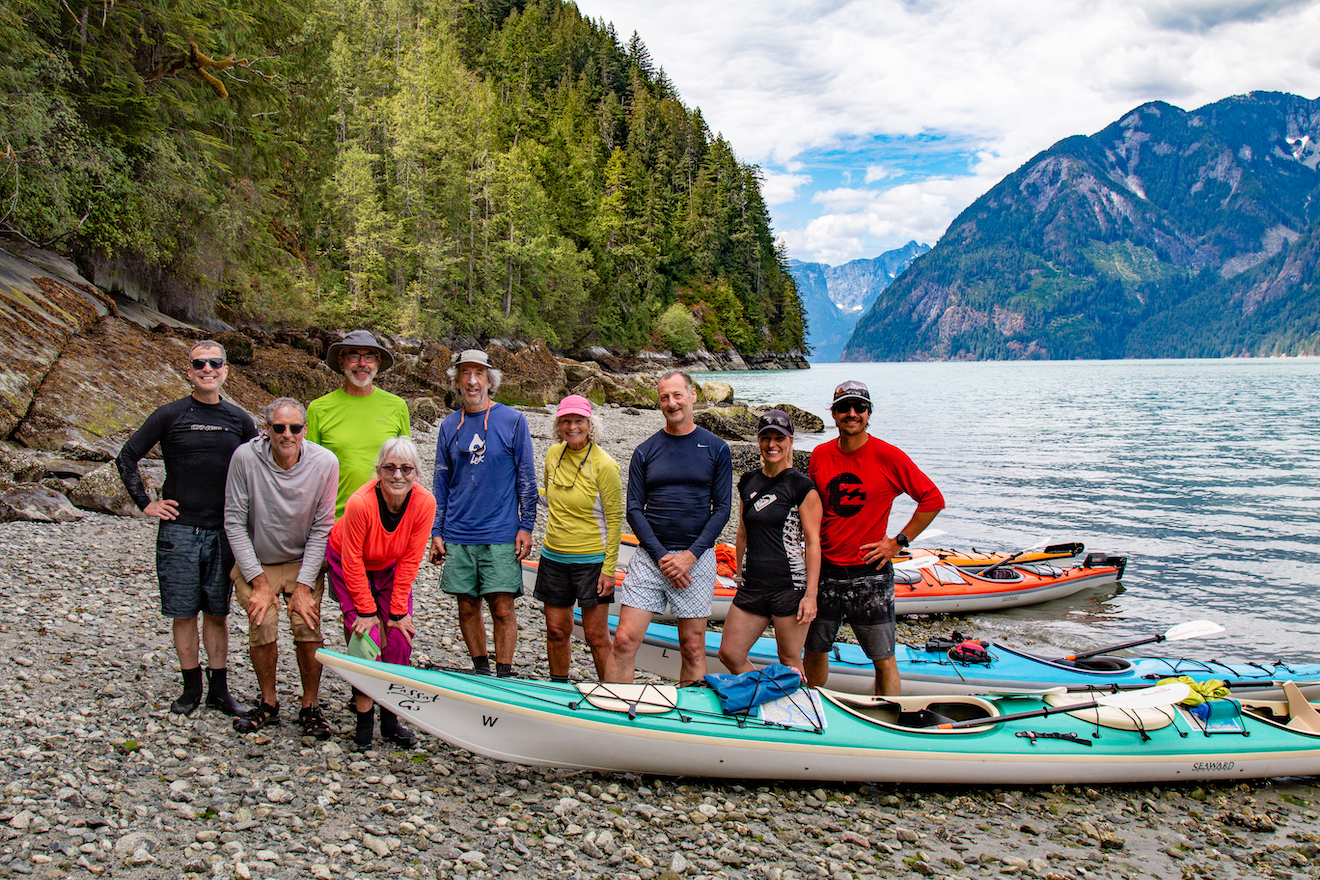
5. A Memory to Relive, Over and Over
A sea kayak expedition into Toba Inlet isn’t just a one-time thrill – it’s the type of experience they’ll talk about and reminisce on for years.
They’ll remember the silence of the still mornings and the roar of the wind as it funnels down the inlet in the afternoon, the thunder and spray of the waterfalls falling into the fjord from hundreds of feet above, the eagles calling across the inlet and the slap and snort of the seal in the bay as they lie in their tent after a full day of work, and the satisfaction that comes from being immersed in such remote and unspoiled nature.
They will be eager to tell the story again and again, and your gift will be what made it all possible.
And even better, if you join them on this trip, you’ll be able to share in these memories together! Memories far more impactful and meaningful than any store-bought gift they could think of, and ones that will last for years to come.
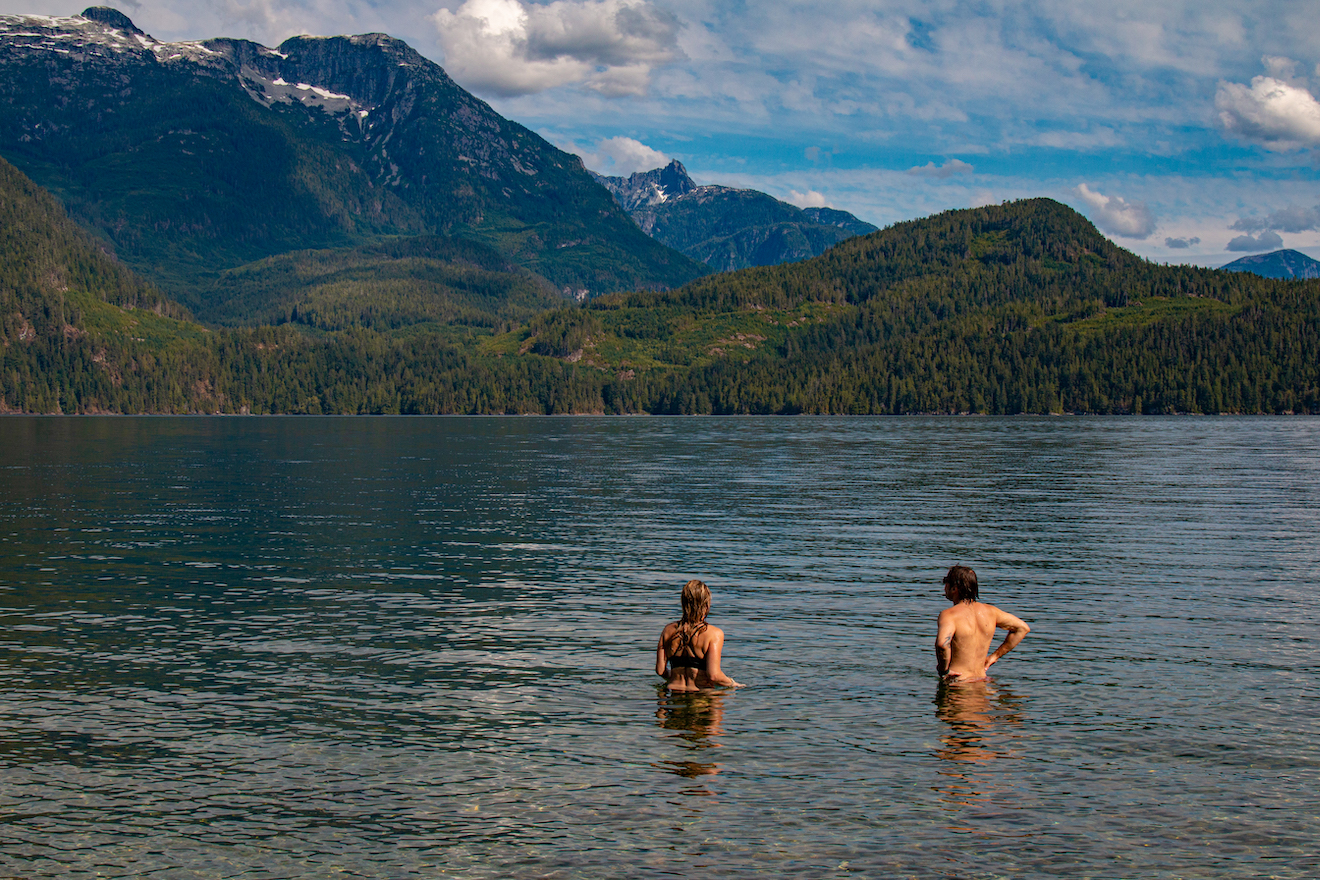
To learn more about our Toba Inlet expeditions, please visit the expeditions page on our website, or to look at available dates and make a reservation visit our bookings page.
We also sell gift certificates of various denominations here.
